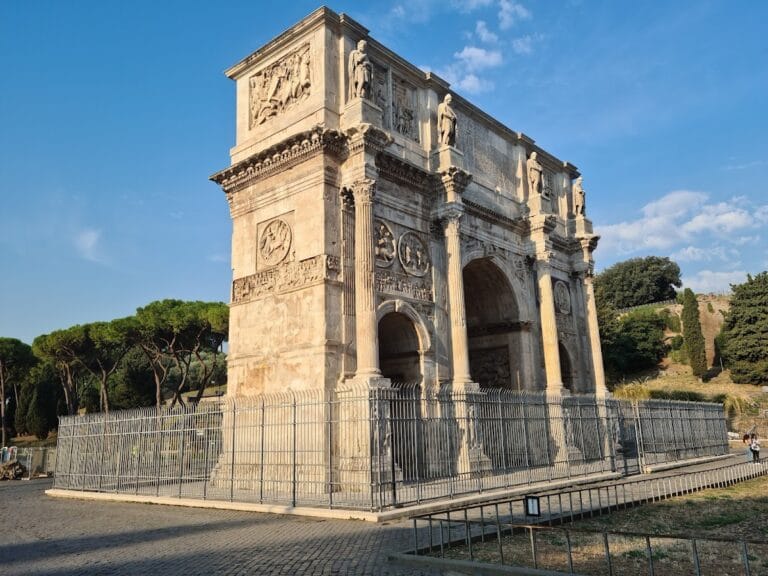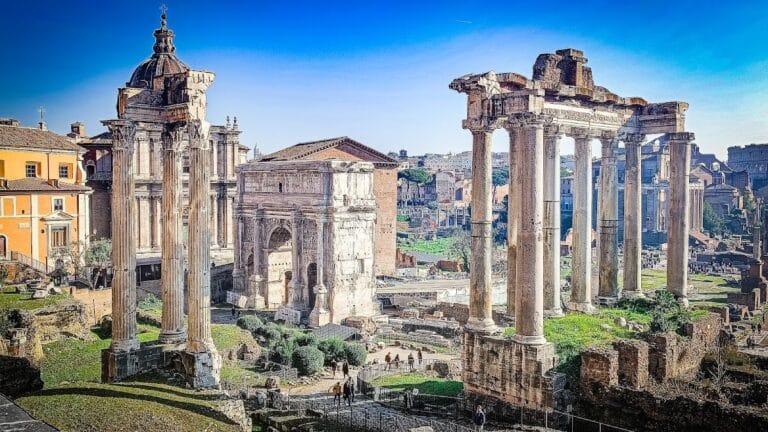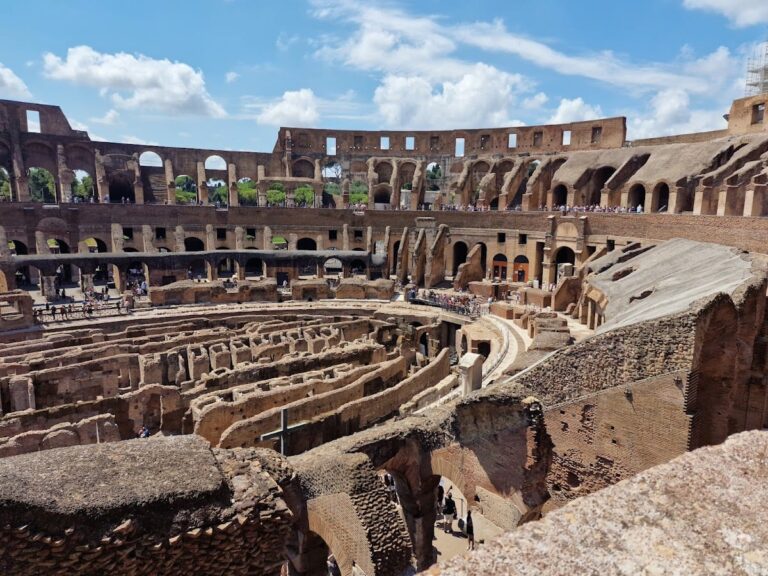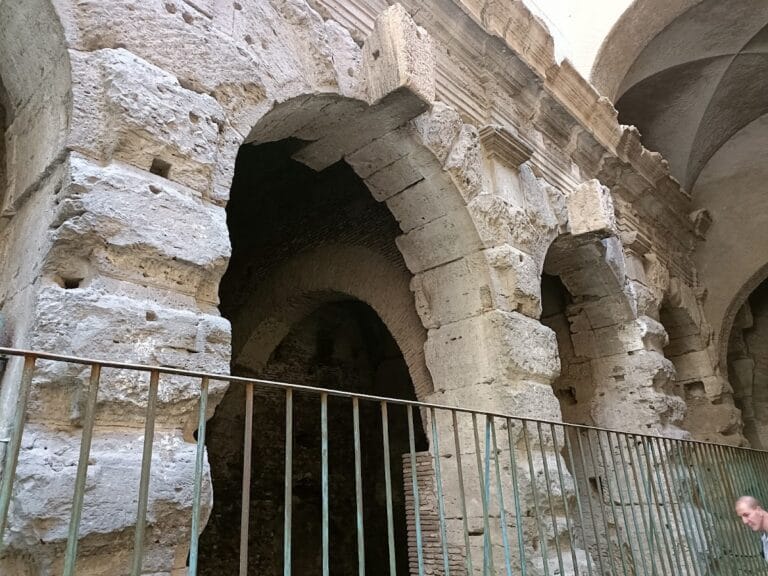Circus Maximus: Ancient Roman Arena in Rome
Visitor Information
Google Rating: 4.5
Popularity: Very High
Google Maps: View on Google Maps
Official Website: www.turismoroma.it
Country: Italy
Civilization: Roman
Remains: Entertainment
History
The Circus Maximus is an ancient Roman arena situated in the valley between the Palatine and Aventine hills in Rome. According to legend, it is linked to the abduction of the Sabine women during games held by Romulus, Rome’s founder, in honor of the god Consus. This story is recorded by the historian Livy and connects the site to Rome’s earliest traditions.
The earliest structures at the Circus Maximus were wooden and likely movable, dating back to the early 6th century BCE during the reign of Tarquinio Prisco. These initial installations were built to host Roman Games celebrating a military victory over the town of Apiolae. By 329 BCE, the first permanent features appeared, including the starting gates known as carceres. Masonry elements related to racing facilities became more common in the 2nd century BCE.
In 46 BCE, Julius Caesar began constructing the first stone seating areas, giving the circus its lasting form. After a fire, the monument was restored and probably completed under Emperor Augustus. Augustus also added an Egyptian obelisk, known as the Flaminian Obelisk, to the central dividing barrier called the spina. This obelisk was later moved in the 16th century by Pope Sixtus V to Piazza del Popolo.
A second obelisk was brought to Rome in 357 CE by Emperor Constantius II and placed on the spina by the urban prefect Memmius Vitrasius Orfitus. This obelisk now stands near the Basilica of St. John Lateran. The circus underwent further restorations under emperors Tiberius, Nero, and Trajan. Trajan completed rebuilding after a severe fire during Domitian’s reign in 103 CE, and most surviving remains date from this period.
In 81 CE, Emperor Titus added a monumental triple-arched passage on the curved short side of the circus. This structure featured four free-standing columns about 10 meters tall, a bronze four-horse chariot statue on top, and a grandstand facing the arena. The circus remained in use for chariot races and public events until 549 CE, when the last races were organized by the Ostrogothic king Totila.
During the medieval period, the site included the Torre della Moletta, a 12th-century tower owned by the Frangipane family. By the early 20th century, the area was mostly agricultural, with various utilitarian buildings such as a Jewish cemetery established in 1645 and a gasometer built in 1852. Archaeological excavations began in 1911 and continued into the 1930s.
Under the Fascist regime, the Circus Maximus was occasionally used for temporary exhibitions. More recent archaeological work concluded in 2016, improving understanding of the site. Restoration efforts included the medieval tower and the surrounding archaeological area.
Remains
The Circus Maximus was the largest known ancient entertainment venue, measuring about 600 meters long and 140 meters wide. While not much remains of the Circus Maximum, the full elliptical shape of the circus is still clearly visible the arena is now a sunken public park that preserves the footprint of the racetrack.
Its external façade had three levels, with the lowest featuring double-height arches. The seating area, called the cavea, rested on stone structures that contained passageways, staircases, service rooms, and shops opening outward.
Originally, the arena was surrounded by a water channel nearly three meters wide, known as the euripus, which was later removed to add more seating. This expansion increased the circus’s capacity to between 260,000 and 300,000 spectators. The central spine, or spina, was richly decorated with statues, small shrines, and temples. It also featured seven eggs and seven dolphins that spouted water to mark laps during chariot races.
The starting gates, or carceres, numbered twelve and were located on the straight short side facing the Tiber River. They were arranged obliquely to align the chariots at the start and included a mechanism for opening all gates simultaneously. The arena hosted races of twelve four-horse chariots, called quadrigae, which completed seven laps around the spina between two turning posts known as metae.
The medieval Torre della Moletta stands on the southern curved side of the circus. This 12th-century tower has been restored and reinforced. It contains an internal staircase leading to a panoramic platform that overlooks the archaeological site.










